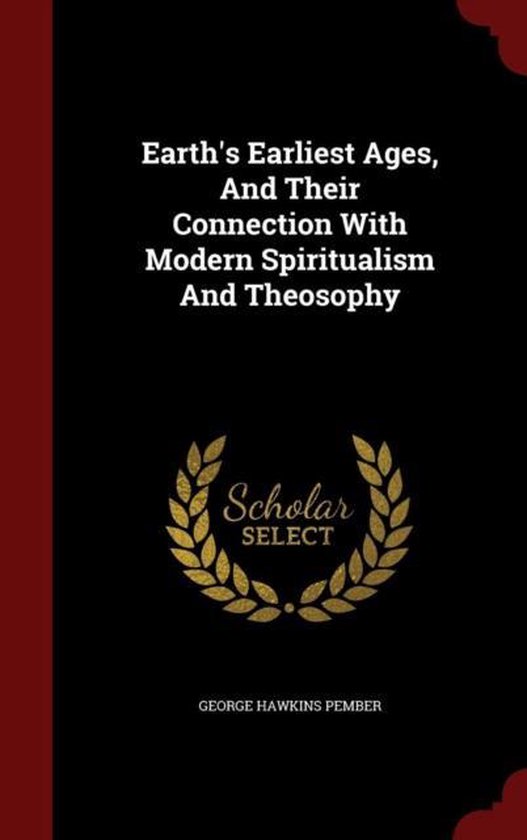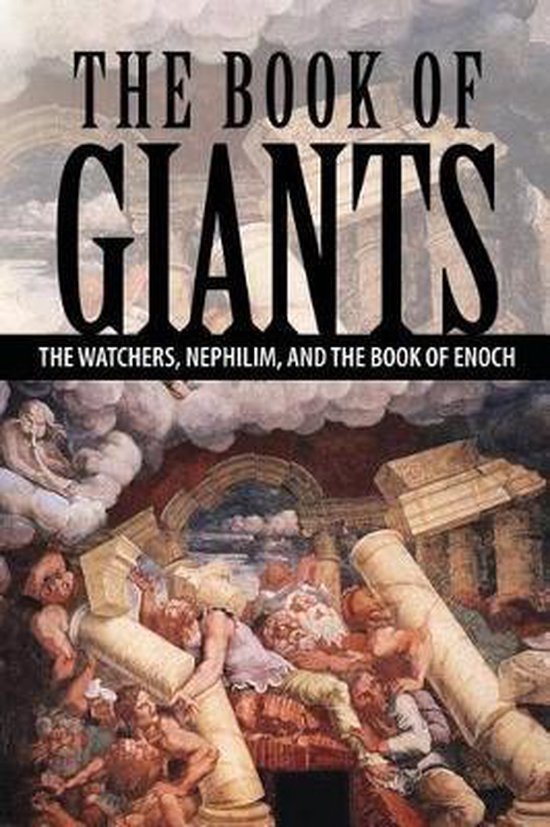
Earth's Earliest Ages
"The influences of the Spirit of God are even now in process of withdrawal, as He prepares for that departure from earth which will leave it open for Nephilim, seven fold worse than those who formerly dwelt in it, to enter, and for a short season to work their will upon the human race; Then will all the Nephilim, who are yet at liberty, be among men, and will quickly make them feel the meaning of that awful utterance, 'Woe to the inhabiters of the earth and of the sea! for the Devil is come down unto you, having great wrath, because he knoweth that he hath but a short time.'" G.H. Pember As far back as the beginning of time and within every major culture of the ancient world, the astonishingly consistent story is told of gods who descended from heaven and materialized in bodies of flesh. From Rome to Greece and before that, to Egypt, Persia, Assyria, Babylonia, and Sumer the earliest records of civilization tell of the era when powerful beings known to the Hebrews as Watchers and in the book of Genesis as the b'nai ha Elohim ('sons of God') mingled themselves with humans, giving birth to part-celestial, part-terrestrial hybrids known as 'Nephilim.' When English theologian George Hawkins Pember, in his 1876 masterpiece, Earth's Earliest Ages, analyzed the prophecy of Jesus Christ in Matthew 24 that says the end times would be a repeat of 'the days of Noah,' he concluded the final and most fearful sign heralding the Lord's Second Coming would be the return of the 'Nephilim, the appearance upon earth of beings from the Principality of the Air, and their unlawful intercourse with the human race.' Jesus Himself, in answering His disciples concerning the signs of His coming and of the end of the world, verified it would be 'as the days of [Noah] were' (Matthew 24:37). The implication is, just as it was before the Flood when the spirits of Nephilim were powerful upon earth (Genesis 6:4), mankind would experience an end-times renaissance of the influence of these entities. Does a curious verse in the book of Daniel validate Pember's thesis? Speaking of the last days of human government, Daniel said: 'They shall mingle themselves with the seed of men: but they shall not cleave one to another, even as iron is not mixed with clay' (Daniel 2:43). While Daniel does not explain who 'they' that 'mingle themselves with the seed of men' are, the personal pronoun 'they' raises questions over what (or who) in the end times 'mingle with the seed of men?' Who are these non-seed? It staggers the mind to contemplate how the same phenomenon that occurred in Genesis chapter 6, where nonhuman species or 'nonseed' mingled with human seed and produced Nephilim could happen again in the end times. Yet when this verse from Daniel is coupled with Genesis 3:15, which says, 'And I will put enmity between thee and the woman, and between thy seed [zera, meaning 'offspring,' 'descendents,' or 'children'] and her seed,' an incredible tenet emerges that Satan has seed, that it is at enmity with Christ, and that it is set to return in these last days. Has the time of their coming arrived?
| Auteur | | G.H. Pember |
| Taal | | Engels |
| Type | | Paperback |
| Categorie | | Religie, Spiritualiteit & Filosofie |





